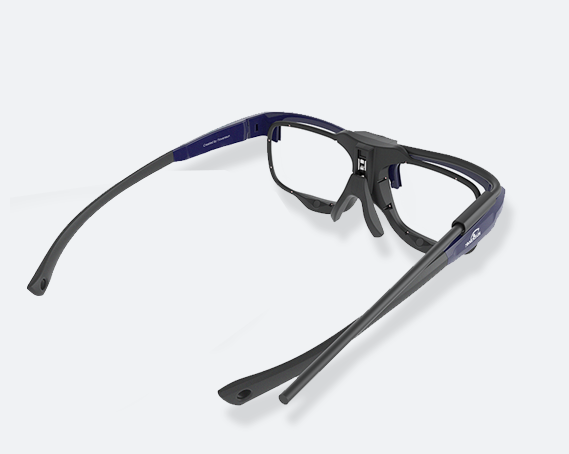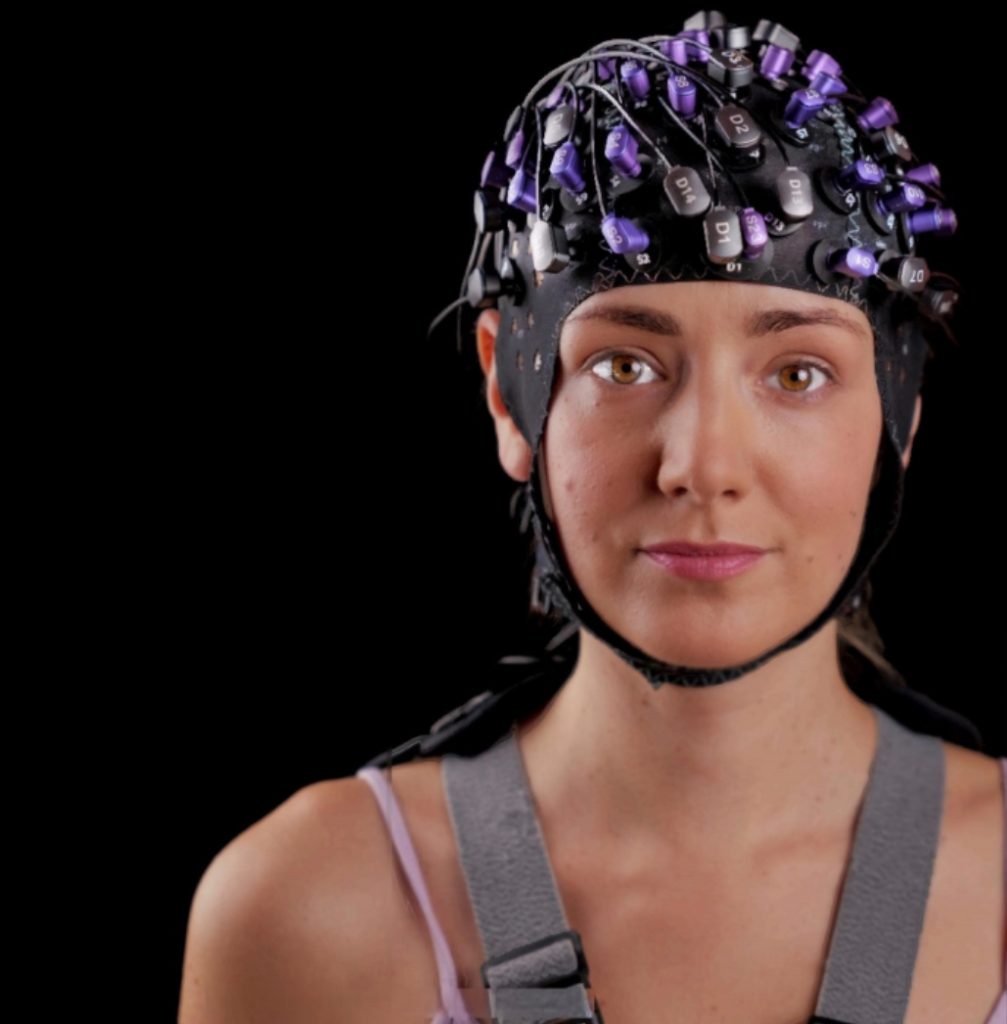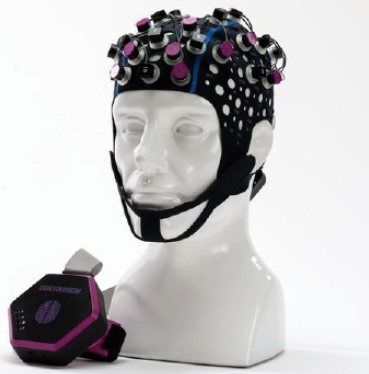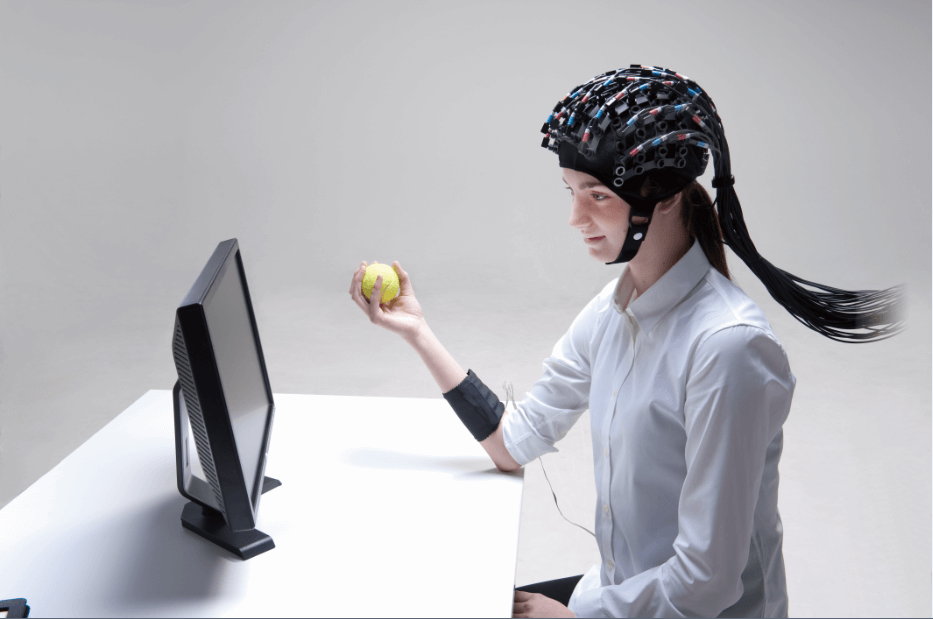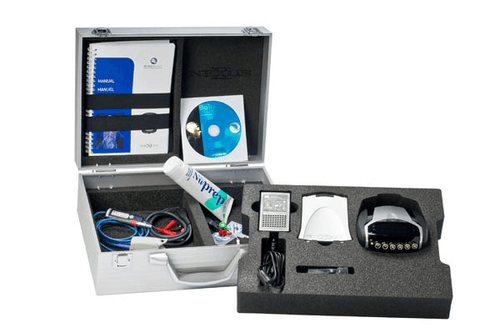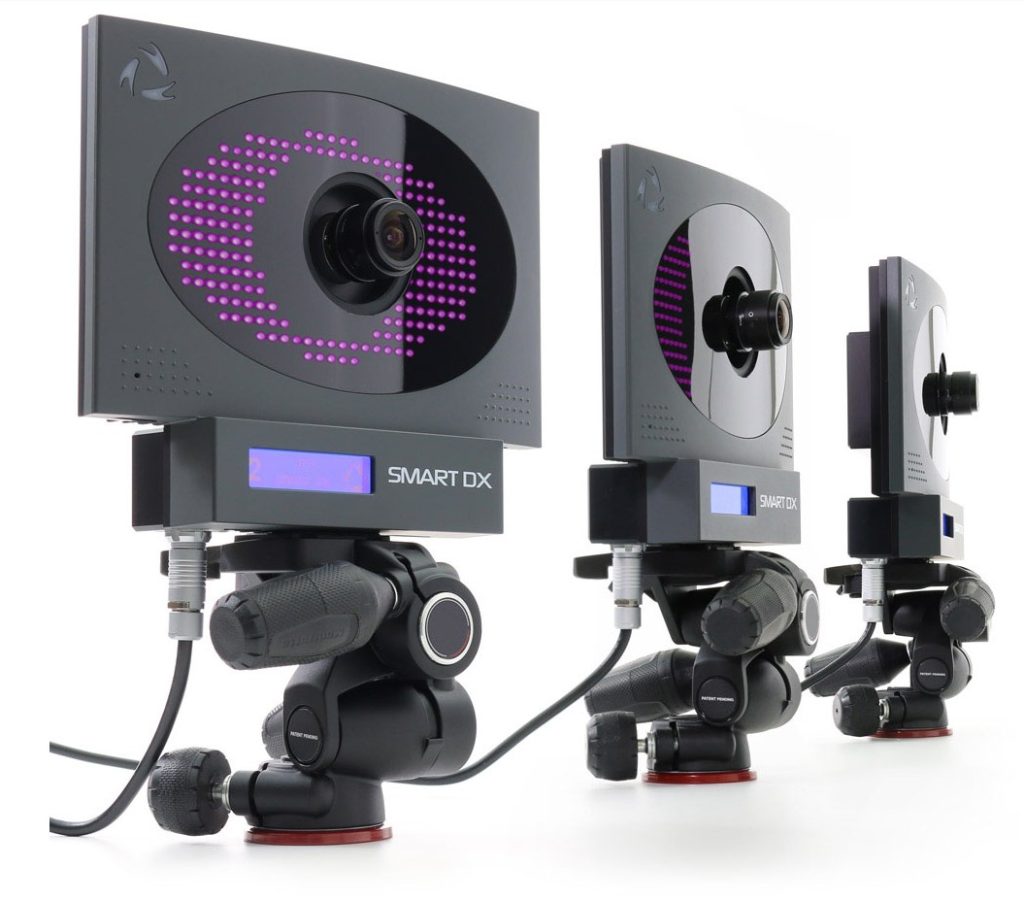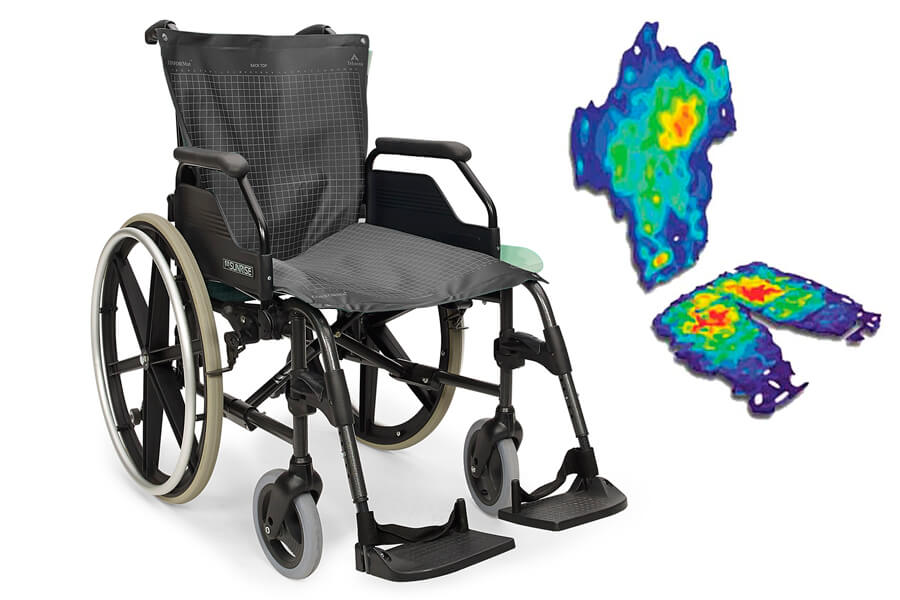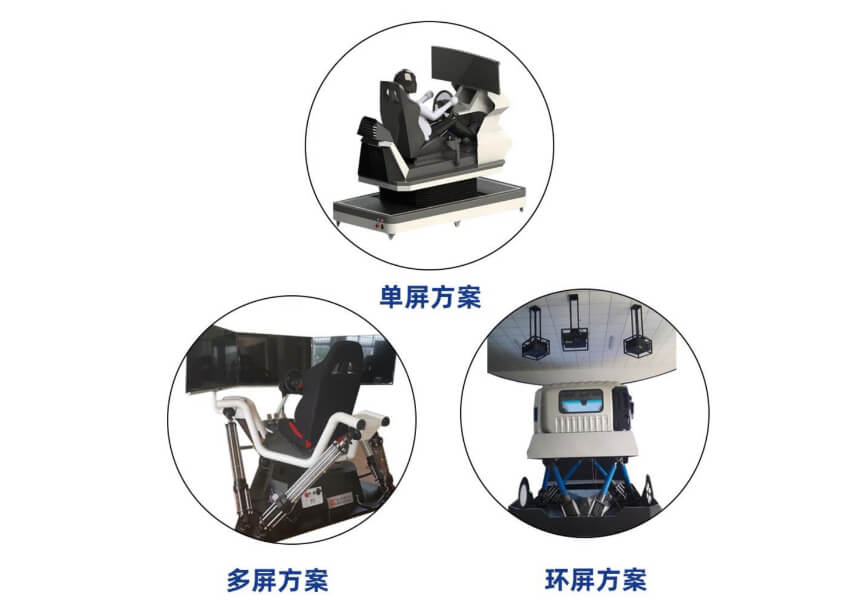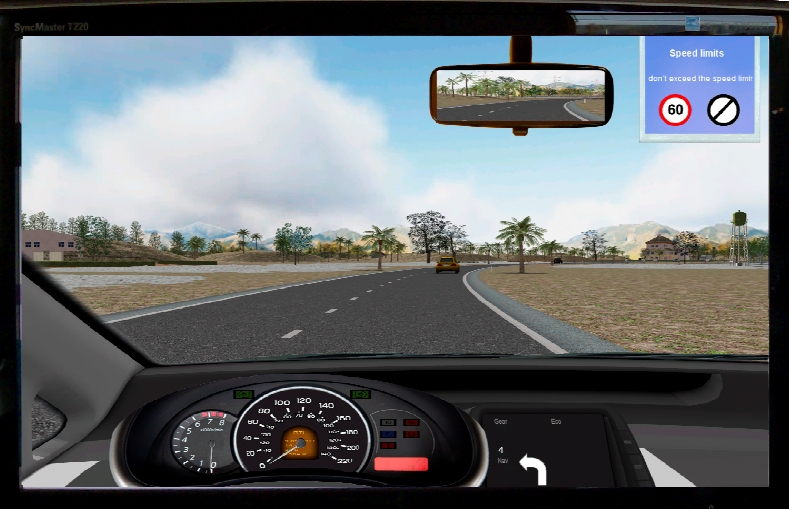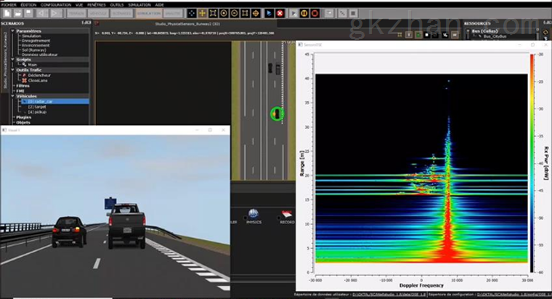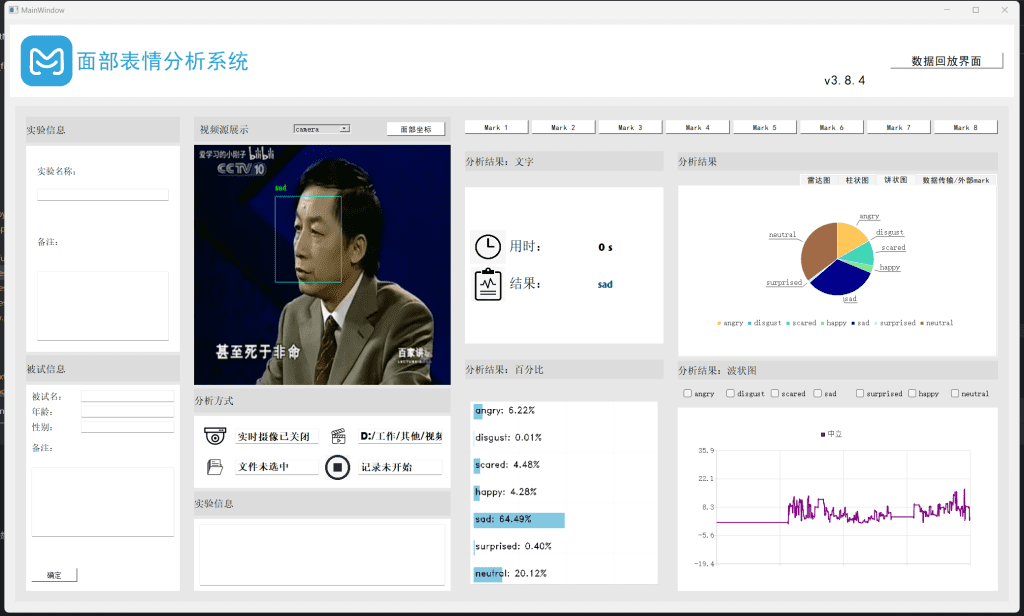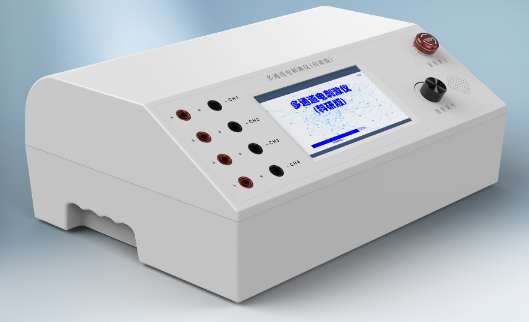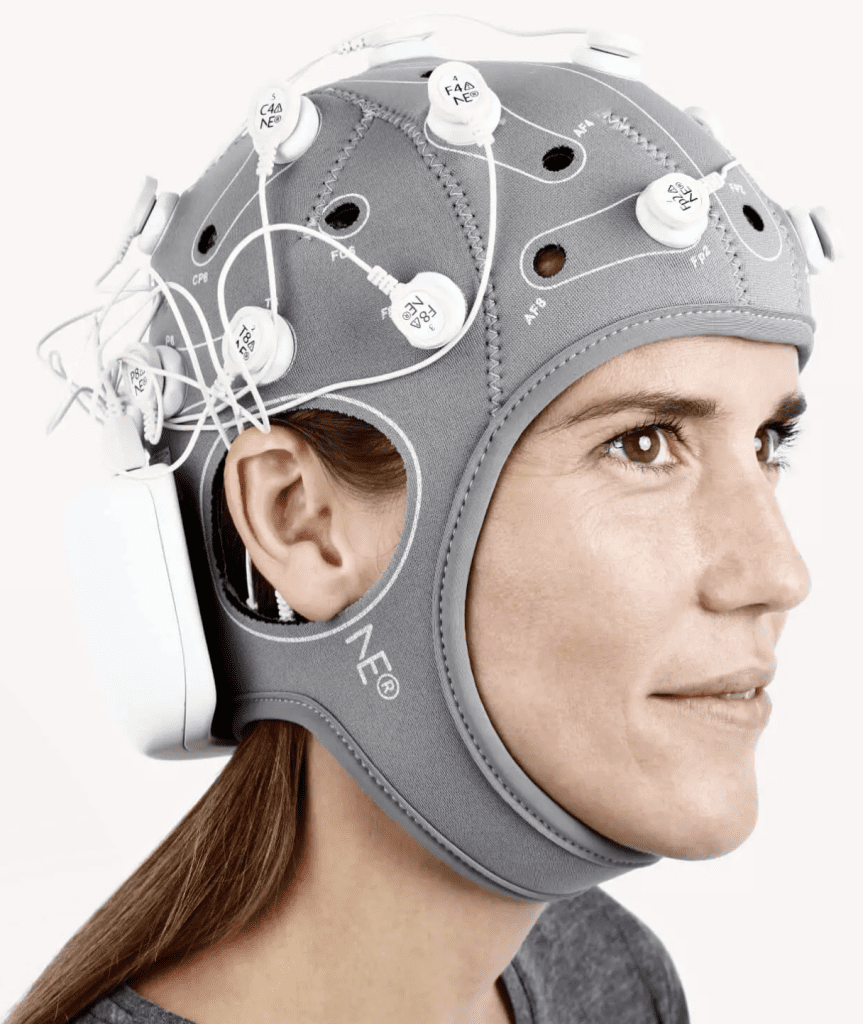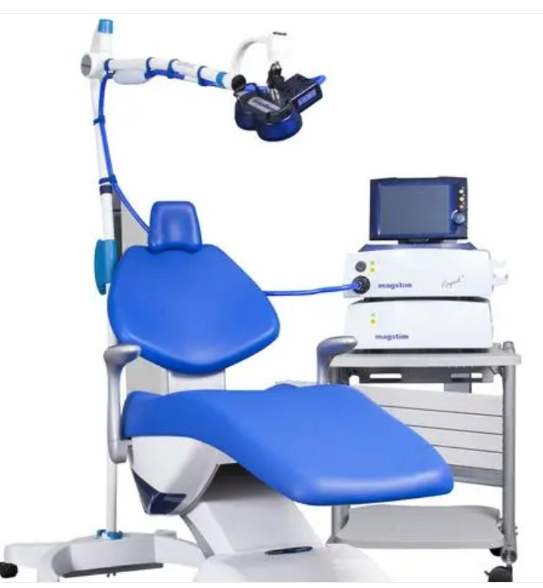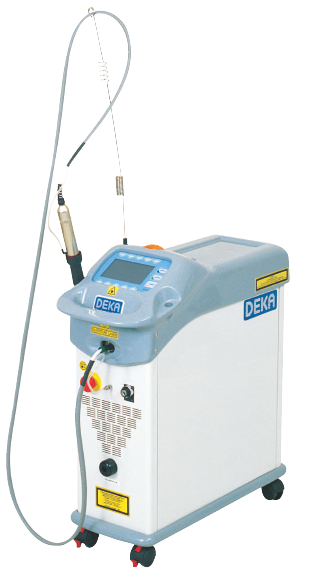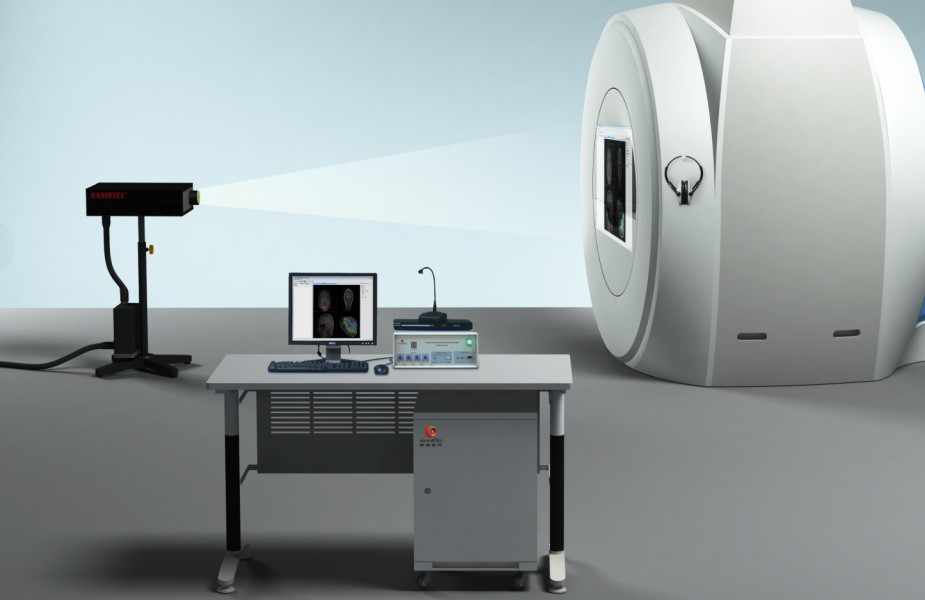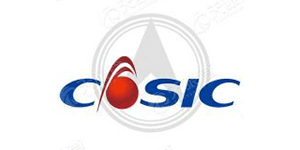Part.1
introductory
![]()
![]()
A common cause of road traffic accidents is driver distraction, which occurs when a driver's attention is simultaneously engaged in another task, such as conversations with passengers, talking on the phone and listening to music. U.S. crash data for 2019 show that distractions caused 91 TP3T of fatal crashes, 151 TP3T of injury crashes, and 151 TP3T of police-reported motor vehicle crashes (NHTSA, 2020), with a corresponding economic loss of $98 billion (Blincoe et al., 2023).
One of the possible causes of distraction-induced accidents is a decrease in the driver's level of working memory, which prevents him or her from switching back from the secondary task in time to maintain control of the vehicle and attention to the view ahead. In addition, in order to ensure the safe driving of the vehicle, drivers need to pay attention to a variety of stimuli other than the secondary task at the same time, and the more types and complexity of the stimuli, the more cognitive resources are required. However, little attention has been paid to the relationship between individual differences in cognitive load, working memory capacity, and driving performance.
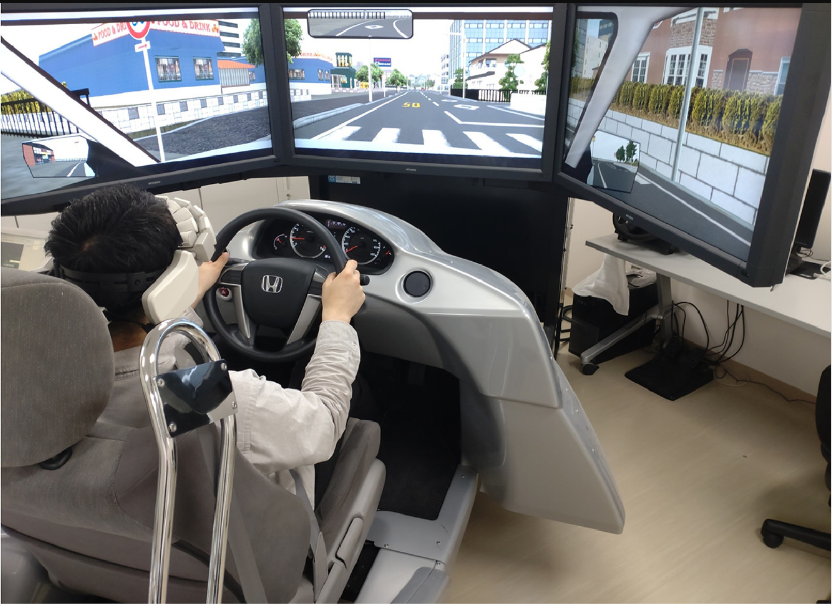

Fig. 1 Driving simulation scenario (Okada et al., 2023)
Part.2
Method
![]()
![]()
Subjects: 21 (10 female, 11 male).
Driving secondary tasks: amended 2-back tasks.
Cognitive load measures: subjective reporting method (Rating Scale of Mental Effort, RSME), near-infrared spectroscopy (fNIRS) (changes in prefrontal oxygen saturation (rSO2)), and eye-tracking technique (gaze behavior).
Assessment of working memory capacity: the Operation Span task (OSPAN).
Driving performance: violations and extent.


Fig. 2 Experimental flow
Part.3
Results
![]()
![]()
Prefrontal rSO2 and perceived mental effort were significantly higher in the dual-task condition than in the single-task condition. Participants' gaze stayed on the road longer in the dual-task condition, and their gaze was less frequent and lasted longer.In this condition, participants were able to maintain driving performance, albeit at the expense of performance on the secondary task. Furthermore, driving violations in the dual-task condition were negatively correlated with participants' working memory capacity.


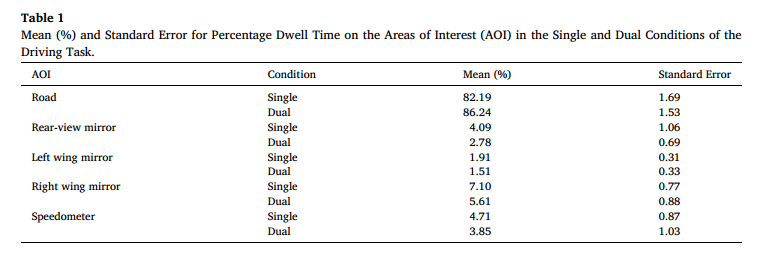

Figure 3 Differences in prefrontal oxygen saturation (rSO2) and eye movement metrics between dual- and single-tasks
Part.4
Conclusion
![]()
![]()
The fNIRS technique can well characterize the workload under driving conditions and can be combined with metrics such as eye movements to more accurately predict differences in drivers' cognitive load under different task conditions.Increased cognitive load has a significant effect on gaze behavior and driving performance, and individual differences in executive functioning may help to mitigate the decline in driving performance under cognitively challenging driving conditions.
Part.5
References
![]()
![]()
Blincoe, L., Miller, T., Wang, J.-S., Swedler, D., Coughlin, T., Lawrence, B., Guo, F., Klauer, S., Dingus, T. 2023. the economic and societal impact of motor vehicle crashes, 2019 (Revised) (Report No. DOT HS 813 403). National Highway Traffic Safety Administration.
Broadbent, D.P., D'Innocenzo, G., Ellmers, T.J., Parsler, J., Szameitat, A.J., & Bishop, D.T. (2023). Cognitive load, working memory capacity and driving performance: a preliminary fNIRS and eye tracking study. Transportation Research Part F: Traffic Psychology and Behaviour, 92, 121-132. DOI: https://doi.org/10.1016/j.trf.2022.11.013.
National Highway Traffic Safety Administration (NHTSA) 2020. Traffic Safety Facts: Distracted Driving 2019. Report No: DOT HS 813 111.
Okada, H., Sawamura, D., Kunita, K., Ogasawara, H., Maeda, K., Morimoto, T., & Ikeda, N. (2023). Prefrontal activation during simulated driving in people with schizophrenia: a functional near-infrared spectroscopy study. Psychiatry Research,. 326. DOI: https://doi.org/10.1016/j.psychres.2023.115285.
Company Profile






This article comes from the WeChat public number: EVERLOYAL









